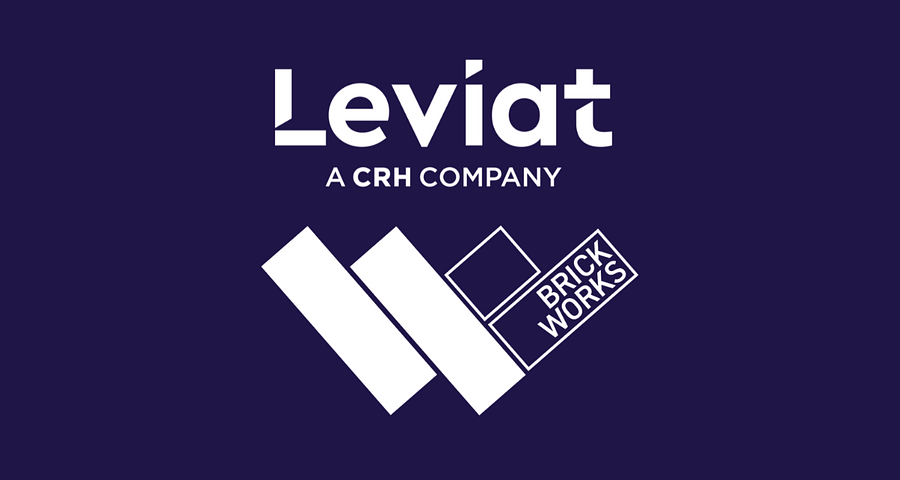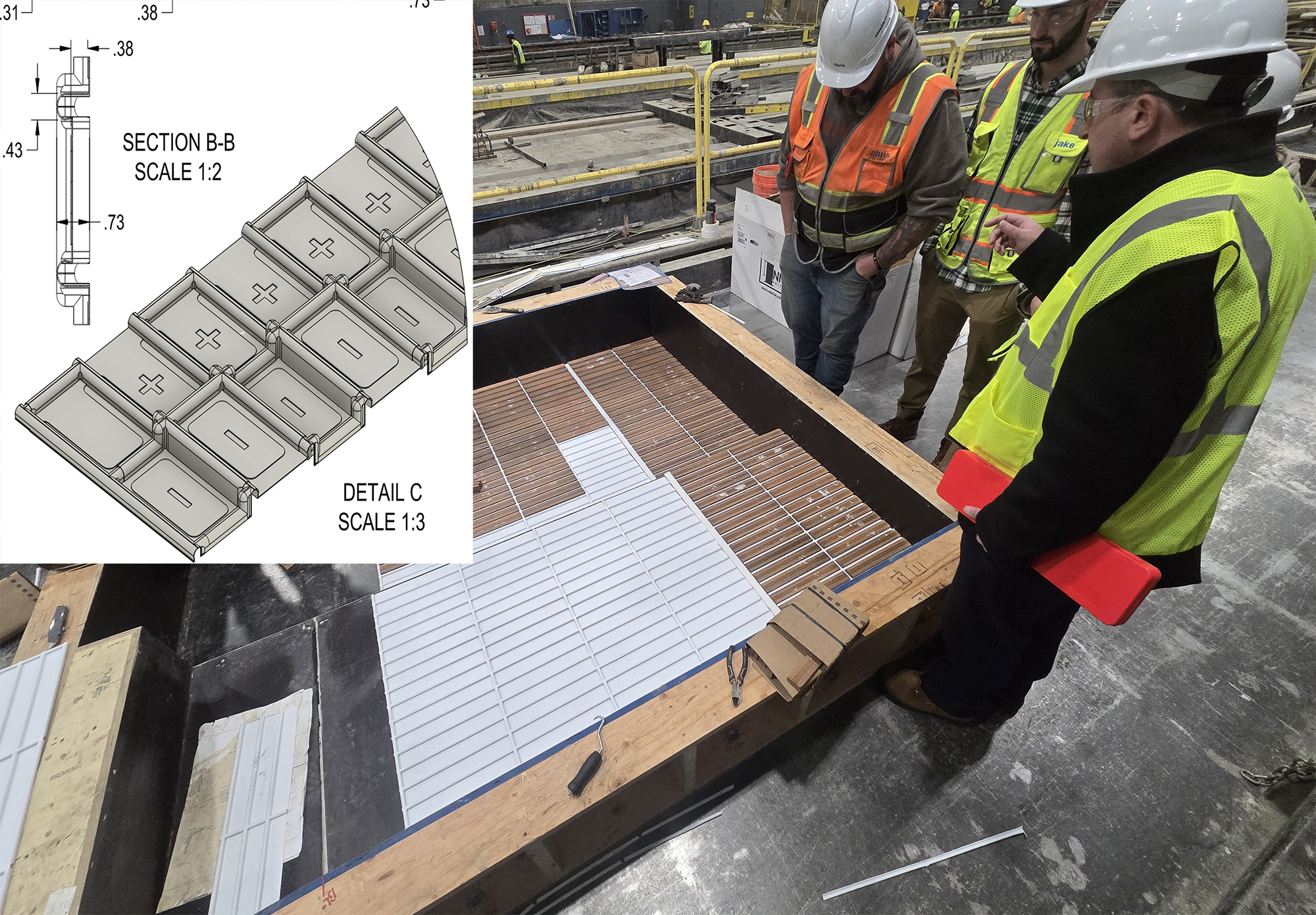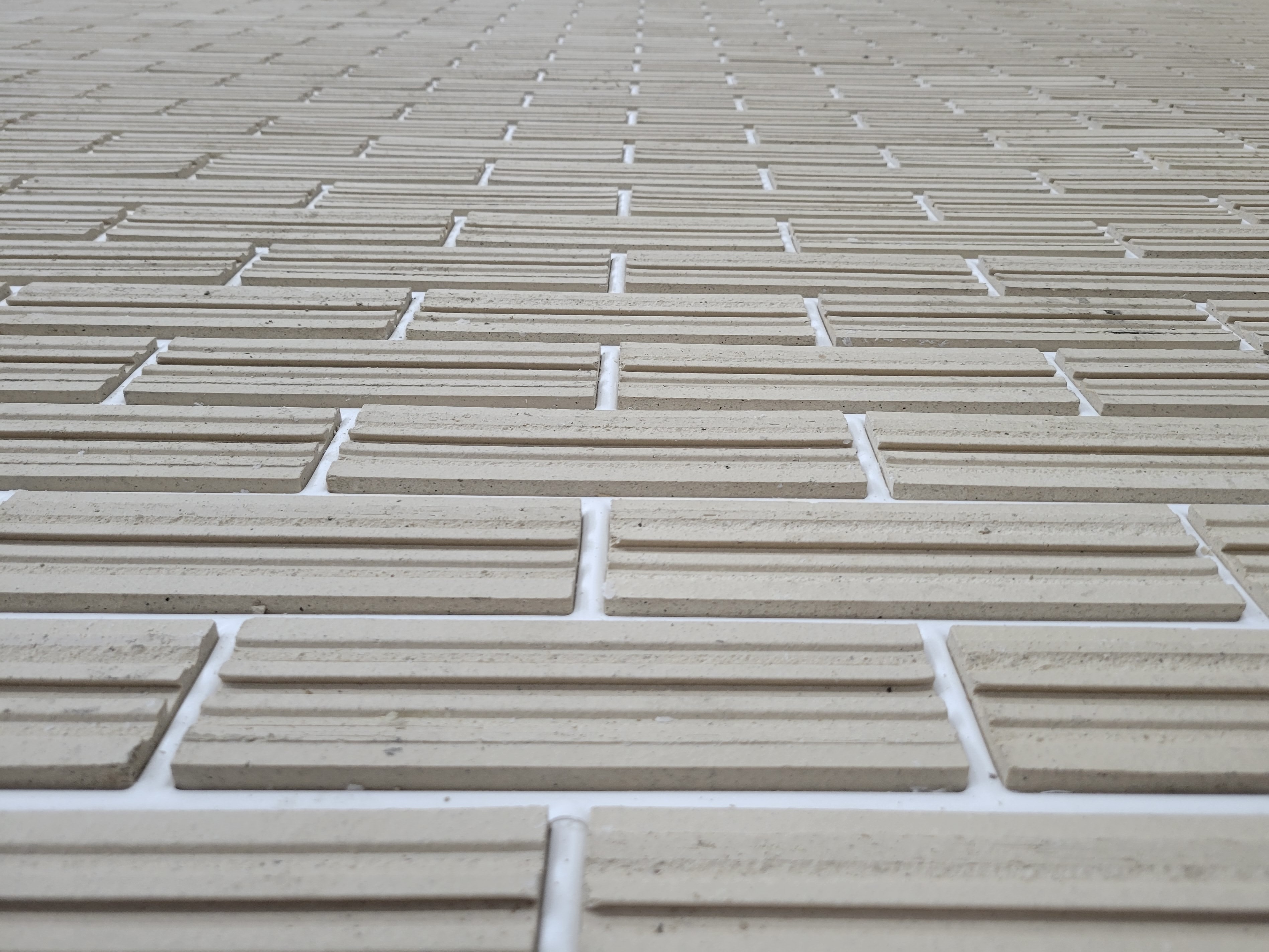Casting tilted bricks for an organic pattern arranged in vertical bands, starting flat at the top and then tilting and opening as you get closer to the ground.
.png)














Nearly 30 years ago, Innovative Brick Systems created the original single-use, styrene sheet liner for embedding thin brick into concrete panels — enabling architectural concrete panel producers to cast beautiful brick panels more efficiently and with the most accurate masonry look. Today, our VersaLiner™ remains the liner of choice for Precast Producers and Tilt-up Contractors.
With four generations of experience in the architectural formliner business, Innovative Brick Systems’ team is the leader in innovative formliner creativity, and offers a depth of knowledge no one else can match. From design assistance to estimating and project detail development, you have a team dedicated to making your vision a reality.
Patents
Sq Ft of Liner Delivered
Unique Patterns

Our VersaLiner™ family of single-use formliners enables precasters and tilt-up contractors to cast facades of embedded masonry or realistic faux finish patterns — easily and efficiently.
For our embedded masonry line, we have a multitude of creative laid-up patterns and accents that no other provider can match — arches, recessed coursing, off-tolerance pocketing, and more — for thin brick, tile, CMU, or thin stone.
VersaLiner™ solutions are also available to create direct-cast faux looks of brick, stone, ashlar patterns, and more that provide crisp, realistic, and seam-free facades no matter the panel dimensions.
We partner with the highest quality thin brick manufacturers in North America. With nearly limitless choices of colors, sizes, and finishes, bringing together the materials and the VersaLiner™ into an architectural wall panel design makes for an unbeatable look.
Casting tilted bricks for an organic pattern arranged in vertical bands, starting flat at the top and then tilting and opening as you get closer to the ground.
Incorporating elements unique to Indiana and its history and reflecting traditional collegiate and high school arenas and football stadiums.
Complimenting the features of the 1919 main building was a large concern for the Owner, while also using materials that maintain the longevity and low maintenance enjoyed by the historic site.